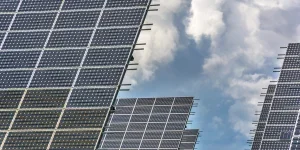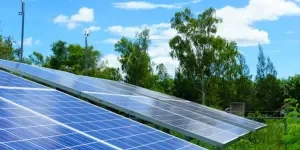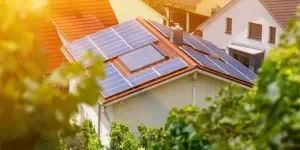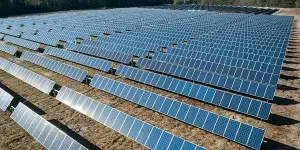- APPA Renovables says Spain installed 1.94 GW of new self-consumption solar PV capacity in 2023
- UNEF’s number is a little lower with 1.7 GW, representing an annual drop of 32%
- Both the associations agree that 2022 was an exceptional year for this segment with geopolitical crisis and high energy prices
- Need to manage permitting delays, boost incentives and easing bureaucratic complexity a must to installations
With over 7 GW installed capacity, the solar PV self-consumption capacity of Spain now exceeds the country’s total nuclear power capacity, according to the local association for renewable energy APPA Renovables.
If this segment can continue to build as much as 1.94 GW it installed in 2023, the association believes it can exceed 20 GW in cumulative capacity by the end of 2030, as against the 19 GW official target, stated the association, reiterating the analysis of SolarPower Europe’s EU Market Outlook for Solar Power 2023-2027 (see EU Solar PV Installations Reach 56 GW In 2023).
In its new report titled 2023 Informe Annual Del Autoconsumo Fotovoltaico, the 2023 additions include 1.416 GW installed by the industrial segment where average installation system size increased by 30% from 70 kW in 2022 to 91 kW in 2023. Yet on an annual basis, the overall installation capacity declined by 20%, mainly due to delays in processing. Complex bureaucratic systems also hinder the growth of this sector.
“In the case of industrial self-consumption, we continue to waste electricity, a lot of renewable, clean and distributed electricity,” explained President of APPA Self-Consumption Jon Macías. “The choice of processing an installation with or without discharge is conditioned by bureaucracy, by administrative obstacles, and not by the real capacity of the network to absorb that generation.”
The residential segment, with its 4.7 kW average installation size, contributed with 527 MW.
Last year, both these segments invested €1.86 billion in installing more than 127,000 new systems. In 2023, the country generated 7.262 GWh of energy with self-consumption systems, equivalent to 3% of the national electricity demand.
Installations in 2023 dropped by 26% annually from 2.65 GW reported in 2022. However, APPA believes 2022 was an exceptional year for this segment since installations were unrealistically elevated by the need for self-reliance in energy generation due to the Russian invasion of Ukraine and resultant high energy prices. Next Generation Funds too helped their cause.
APPA is, however, buoyed by Spain’s rich solar resources, regulatory support, technological improvement and low module prices. Solar PV cost reduction is likely to continue accelerating this segment in 2024 as well, it forecasts.
At the same time, the association sees a bigger role for self-consumption PV as only 7% of the country’s single-family homes and 2% of the industrial segment have so far opted for the same.
The complete APPA report is available for free download on its website.
UNEF ESTIMATES
Unión Española Fotovoltaica (UNEF), the Spanish solar energy association, has released its own self-consumption installation numbers for solar energy capacity in Spain. Its estimate of 1.706 GW in 2023 is an annual decline of 32%.
To the 2023 additions, the industrial segment contributed with 1.02 GW, representing an annual decline of 13%. The residential segment reported the largest drop of 54% with 372 MW. The commercial segment, with 291 MW capacity, declined 42% annually. Off-grid self-consumption units dropped 8% annually to 23 MW.
Like APPA, UNEF too attributes the growth of the self-consumption segment over the last 2 years to high energy prices and geopolitical crisis among other factors.
It pins hopes on Spain’s revised renewable energy plans of 76 GW solar PV, up from 37 GW under the earlier version of the National Integrated Energy and Climate Plan 2021-2030 (PNIEC), comprising 19 GW for self-consumption (see Spain Raises Renewable Energy Ambition).
Donoso said, “However, given the ambitious decarbonization goals that we have to face in the coming years, we need new forms of economic boost that are more efficient, such as tax relief, following the example of countries like Germany and the United Kingdom, which already apply a VAT of 0% to these projects, reduce delays in the administrative management of the projects and the homogenization of the 2,000 meters between generation and consumption in all self-consumption facilities.”
Source from Taiyang News
Disclaimer: The information set forth above is provided by Taiyang News independently of Alibaba.com. Alibaba.com makes no representation and warranties as to the quality and reliability of the seller and products.




